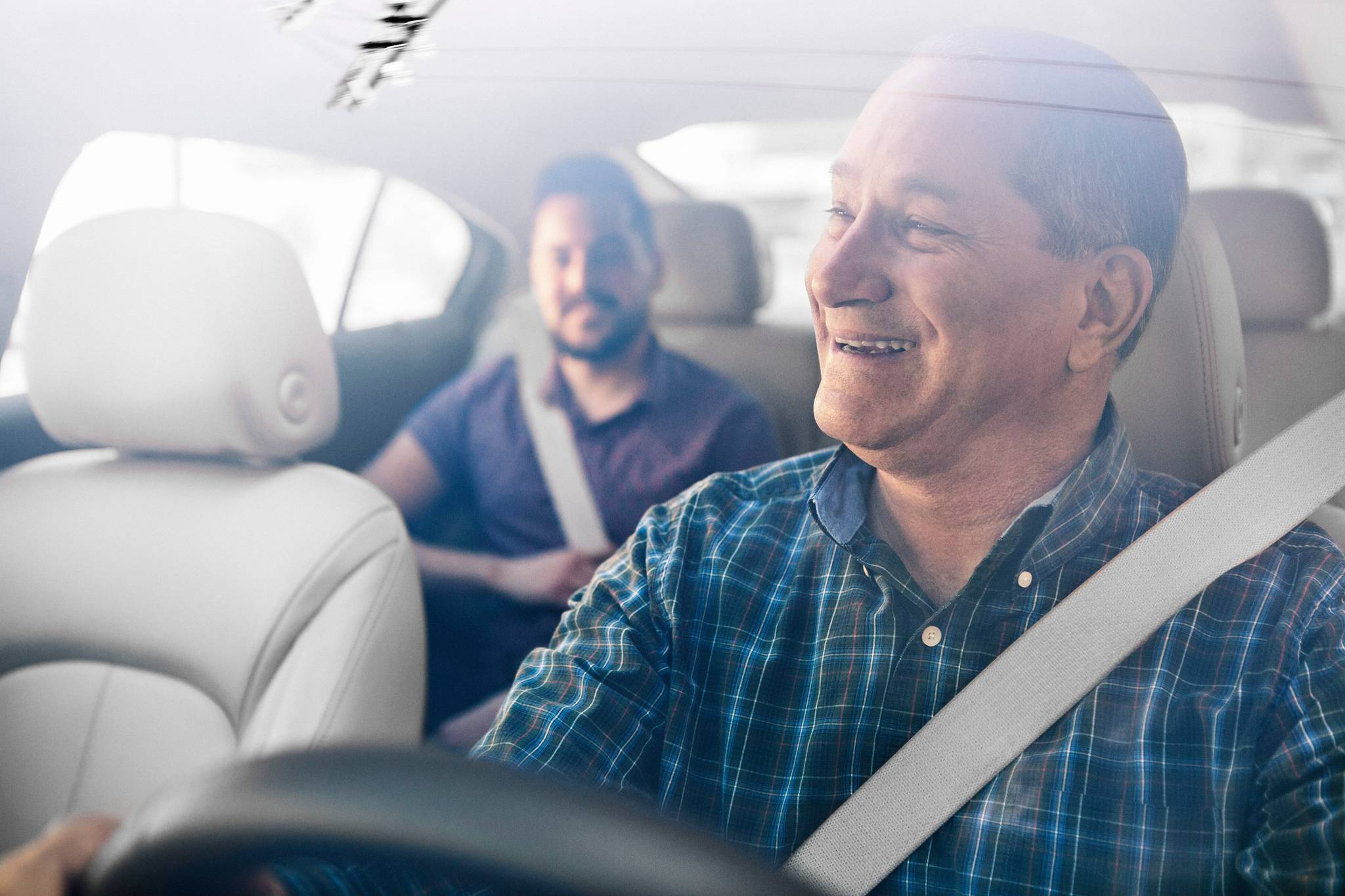
Uber is using behavioural science to encourage drivers to give more lifts. The nature of the brand’s business has created novel challenges, and it's addressing them in novel ways. So in a bid to keep workers motivated, the app giant is using behavioural nudges to keep them on the roads. But with its already rocky reputation, could this unusual approach be deemed as more manipulative than helpful? We explore the science behind why these gentle nudges to drivers might raise revenue for Uber, but could well put the employer in the bad books of some.
Uber drivers are technically independent business owners working under the Uber brand, so they can clock on and off whenever they please – but this means they don’t receive the same protection as a cab driver employed directly by a company, and creates a grey area when it came to holiday pay and workers’ rights. This has caused problems for Uber when it's trying to meet high demand, as it has no way of guaranteeing there’ll be enough drivers to keep up. That’s where the nudges come in; if Uber can gently convince drivers to stay on the road, they’ll complete more rides and meet the demands of riders. Drivers will receive in-app notifications telling them how far off their current earnings are from previous days, and the next fare is loaded before the current one is complete, encouraging them to do just one more lift.

Behavioural scientist Daniel Kahneman claims that it's drivers’ cognitive biases preventing them from earning as much as they could. Previous research has suggested that drivers clock off early on rainy days as demand for taxis is higher and they can meet their target earnings quicker. But as a result of finishing early, they also end up working longer hours on sunny days when business is slower. “We show drivers areas of high demand or incentivise them to drive more,” says Uber spokesperson Michael Amodeo. “But any driver can stop work literally at the tap of a button – the decision whether or not to drive is 100% theirs.”
Richard Thaler and Cass Sunstein – co-authors of Nudge – maintain that when building behavioural economics into brand policy, bosses should adhere to three guiding principles when designing nudges: nudges should be transparent and never misleading, easily opted out of, and driven by the strong belief that the behaviour being encouraged will improve the welfare of those being nudged. If Uber drivers know exactly what these nudges mean, they won’t be penalised for opting out of them, and the nudges will have a genuinely positive effect on drivers, maybe there’s nothing wrong with them. And if it can really make drivers feel more motivated to do more work, it’s a win-win situation for a brand that’s had its morals questioned in the past.
Charles Pickering is a researcher at Canvas8, which specialises in behavioural insights and consumer research. He previously completed a Master’s degree in cognitive and evolutionary anthropology at Oxford, and loves a good dataset.



